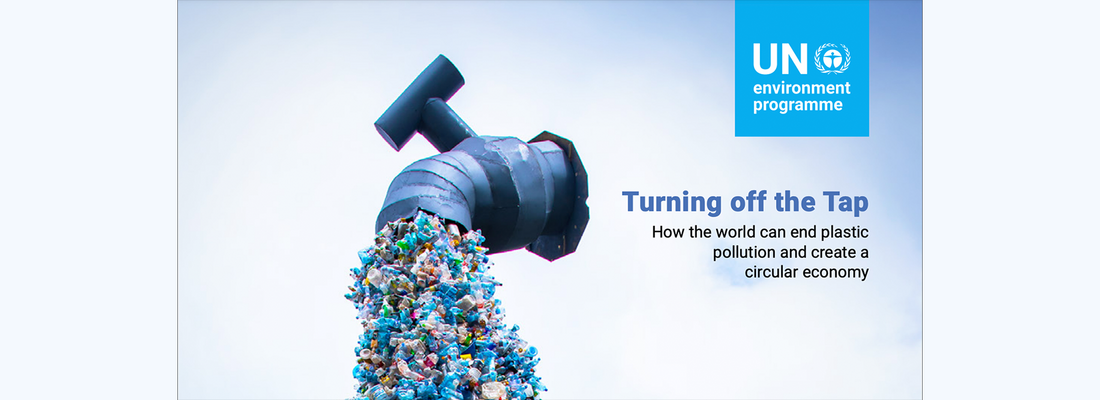Turning off the Tap: How the world can end plastic pollution and create a circular economy is a solutions-focused analysis of concrete practices, market shifts, and policies that can inform government thinking and business action.
“The way we produce, use and dispose of plastics is polluting ecosystems, creating risks for human health and destabilizing the climate,” said Inger Andersen, UNEP Executive Director. “This UNEP report lays out a roadmap to dramatically reduce these risks through adopting a circular approach that keeps plastics out of ecosystems, out of our bodies and in the economy. If we follow this roadmap, including in negotiations on the plastic pollution deal, we can deliver major economic, social and environmental wins.”
Market shifts needed for the market transformation toward circularity
To slash plastic pollution by 80 per cent globally by 2040, the report suggests first eliminating problematic and unnecessary plastics to reduce the size of the problem. Subsequently, the report calls for three market shifts – reuse, recycle and reorient and diversify products:
- Reuse: Promoting reuse options, including refillable bottles, bulk dispensers, deposit-return-schemes, packaging take-back schemes etc., can reduce 30 per cent of plastic pollution by 2040. To realize its potential, governments must help build a stronger business case for reusables.
- Recycle: Reducing plastic pollution by an additional 20 per cent by 2040 can be achieved if recycling becomes a more stable and profitable venture. Removing fossil fuels subsidies, enforcing design guidelines to enhance recyclability, and other measures would increase the share of economically recyclable plastics from 21 to 50 per cent.
- Reorient and diversify: Careful replacement of products such as plastic wrappers, sachets and takeaway items with products made from alternative materials (such as paper or compostable materials) can deliver an additional 17 per cent decrease in plastic pollution.
Even with the measures above, 100 million metric tons of plastics from single-use and short-lived products will still need to be safely dealt with annually by 2040 – together with a significant legacy of existing plastic pollution. This can be addressed by setting and implementing design and safety standards for disposing of non-recyclable plastic waste, and by making manufacturers responsible for products shedding microplastics, among others.
Overall, the shift to a circular economy would result in USD 1.27 trillion in savings, considering costs and recycling revenues. A further USD 3.25 trillion would be saved from avoided externalities such as health, climate, air pollution, marine ecosystem degradation, and litigation-related costs. This shift could also result in a net increase of 700,000 jobs by 2040, mostly in low-income countries, significantly improving the livelihoods of millions of workers in informal settings.
Investment costs for the recommended systemic change are significant, but below the spending without this systemic change: USD 65 billion per year as opposed to USD 113 billion per year. Much of this can be mobilized by shifting planned investments for new production facilities – no longer needed through reduction in material needs – or a levy on virgin plastic production into the necessary circular infrastructure. Yet time is of the essence: a five-year delay may lead to an increase of 80 million metric tons of plastic pollution by 2040.






